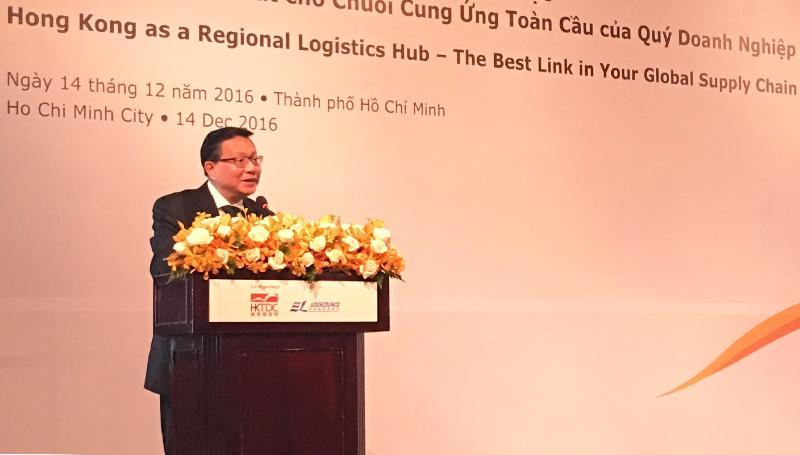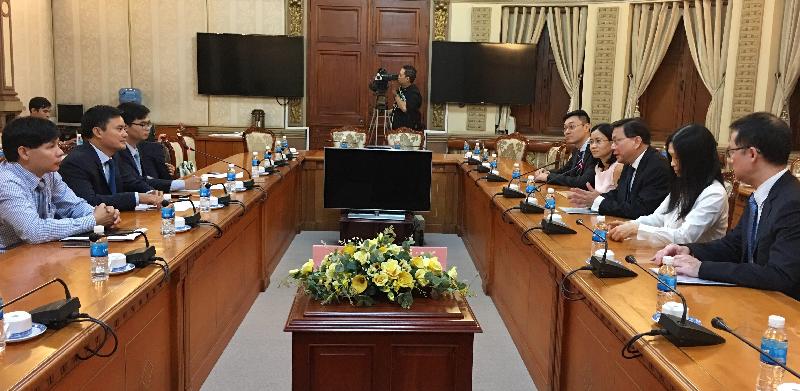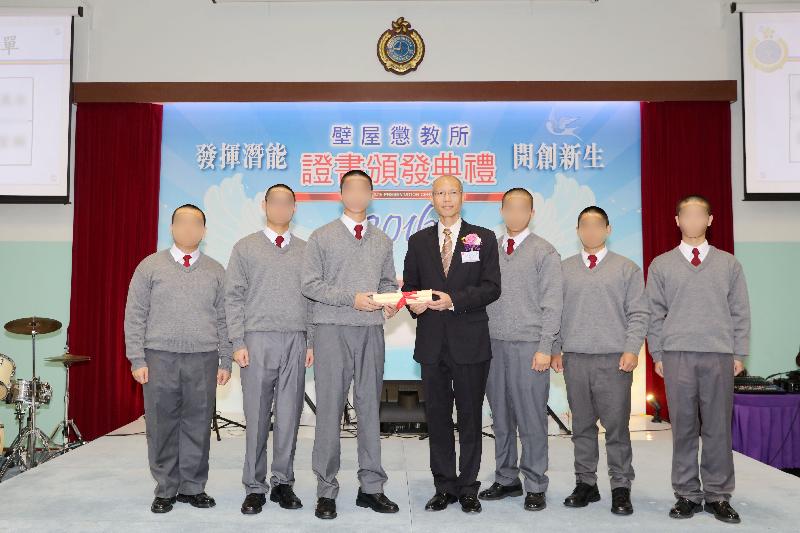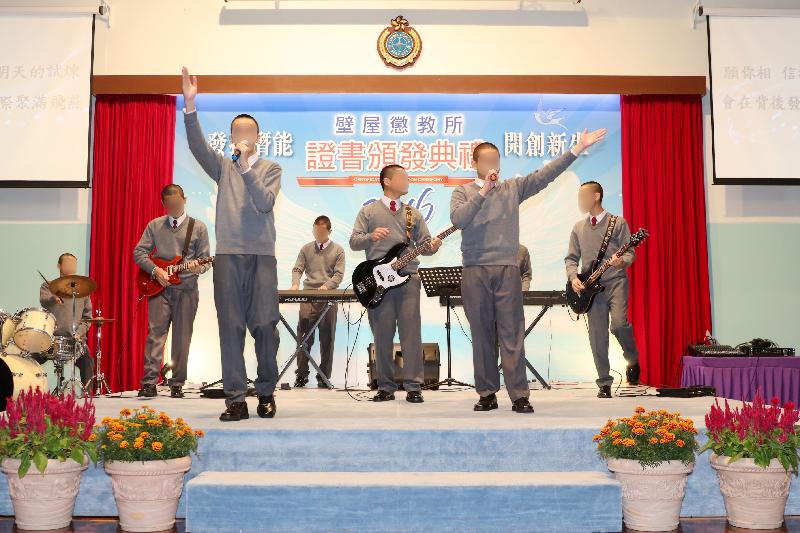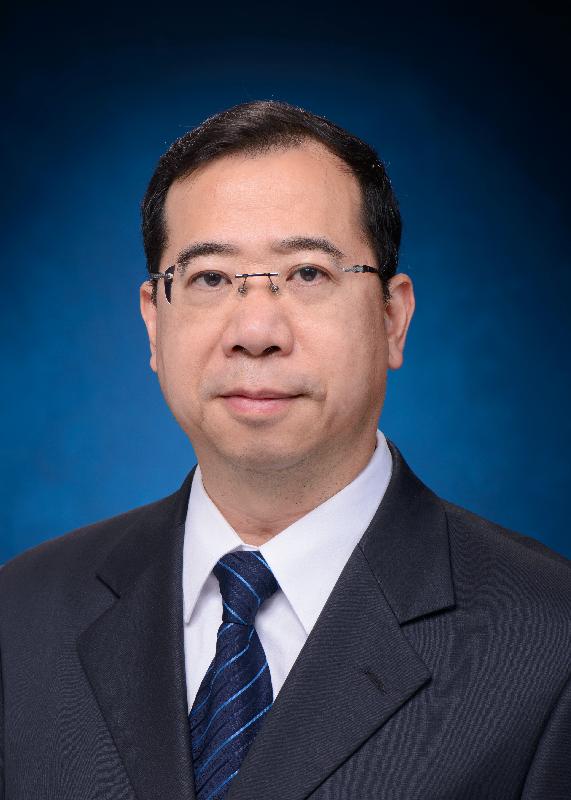Following is a question by the Hon Ho Kai-ming and a written reply by the Secretary for Labour and Welfare, Mr Matthew Cheung Kin-chung, in the Legislative Council today (December 14):
Question:
In connection with the maternity protection for female employees provided under the Employment Ordinance (Cap. 57), will the Government inform this Council:
(1) of the respective numbers, in each of the past five years, of (i) working and non-working pregnant women, (ii) pregnant women issued with attendance certificates or sick leave certificates upon attending antenatal check-ups by the public healthcare sector, and (iii) female employees suffering from miscarriage and preterm birth, and their respective percentages in the total number of pregnant employees;
(2) of the respective numbers of complaints, received by the authorities in the past five years, from female employees about their being discriminated by employers within half year or one year since resumption of duty after maternity leave;
(3) of the number of compensation claims made in the past five years by pregnant employees on grounds of unreasonable and unlawful dismissal; among such cases, the number and percentage of the successful claims; the number of employers who were prosecuted in the past five years for unlawful dismissal of pregnant employees; and
(4) whether the authorities will consider formulating new measures to enhance the employment protection for employees during their pregnancy and upon expiry of their maternity leaves, including issuance of leave certificates for pregnancy-related medical examinations for pregnant women attending antenatal check-ups, extending the post-maternity leave employment protection period, and specifying in A Concise Guide to the Employment Ordinance (i) the definition of "preterm birth" and "miscarriage", and (ii) maternity leave and wage protection for female employees suffering from preterm birth and miscarriage; if they will, of the details; if not, the reasons for that?
Reply:
President,
My reply to the various parts of the question raised by the Hon Ho Kai-ming is as follows:
(1)(i) The Department of Health (DH) does not maintain statistics of local pregnant women. However, in the past five years, the numbers of mothers of known live births in Hong Kong by working mothers and non-working mothers are listed below:
Note 1: As the data collection is on a voluntary basis, persons who did not provide response will be classified as "Unknown".
Source: Census and Statistics Department (C&SD)
(ii) Maternal and Child Health Centres (MCHCs) under DH provide a comprehensive antenatal shared-care programme in collaboration with the Obstetric Department (OBS) of public hospitals under the Hospital Authority (HA). Postnatal checkup is also provided by MCHCs and OBS.
Doctors in MCHCs and HA will issue Certificate pertaining to Pregnancy and Expected Date of Confinement upon the pregnant client's requests. Certificate of Attendance or Sick Leave Certificate can be issued for medical examination in relation to pregnancy or post confinement medical treatment visit. Certificate of Attendance can also be issued for routine postnatal service visit. However, MCHCs and HA do not maintain the numbers of Certificate of Attendance and Sick Leave Certificate issued for pregnant and postnatal women.
(iii) DH does not maintain the numbers of pre-mature births and relevant information and DH is unable to compute the percentage of the number of abortus of working women to the total number of pregnant working women. On the other hand, the numbers of inpatient discharges and deaths (Note 2) due to spontaneous abortion (Note 3) and its ratio to the number of mothers of known live births over the last five years are listed below:
Note 2: On episode basis, including discharges and deaths in public hospitals, correctional institution hospitals and private hospitals.
Note 3: Spontaneous abortion is defined as the premature expulsion from the uterus of the products of conception - of the embryo, or of a non-viable fetus. Spontaneous abortion refers to abortion occurring naturally.
Note 4: In 2011 to 2015, the number of deaths due to spontaneous abortion for each year is zero.
Source:
Number of inpatient discharges and deaths due to spontaneous abortion: HA and DH
Number of mothers of known live births in Hong Kong: C&SD
(2) The Labour Department (LD) does not keep statistics on female employees' complaints about discrimination by their employers after resuming work from maternity leave.
(3) The Labour Tribunal does not keep statistics on claims involving pregnant employees who allegedly were unreasonably and unlawfully dismissed. Between the period 2011 to 2015, LD launched prosecution against 18 employers who were suspected to have terminated the employment contracts of pregnant employees. Of these employers, 16 were convicted of the offence.
(4) The existing provisions on maternity protection under Employment Ordinance (EO) have accorded comprehensive protection to pregnant employees and have struck a reasonable balance between the interests of employers and employees. For the relevant provisions under EO concerning pregnant employees attending antenatal check-up, public health institutions/doctors will issue the required medical certificates according to the circumstances and needs of their clients. In respect of the "Concise Guide to the Employment Ordinance" (Guide) published by LD, the Guide attempts to succinctly set out in writing the stipulations of major EO provisions for consumption by members of the public. Such stipulations comprise various benefits and rights including maternity protection. From time to time LD edits and updates the contents of relevant publicity publications having regard to the actual circumstances and needs of the community. For detailed provisions in EO, a member of the public may approach LD for making enquiries.
Question:
In connection with the maternity protection for female employees provided under the Employment Ordinance (Cap. 57), will the Government inform this Council:
(1) of the respective numbers, in each of the past five years, of (i) working and non-working pregnant women, (ii) pregnant women issued with attendance certificates or sick leave certificates upon attending antenatal check-ups by the public healthcare sector, and (iii) female employees suffering from miscarriage and preterm birth, and their respective percentages in the total number of pregnant employees;
(2) of the respective numbers of complaints, received by the authorities in the past five years, from female employees about their being discriminated by employers within half year or one year since resumption of duty after maternity leave;
(3) of the number of compensation claims made in the past five years by pregnant employees on grounds of unreasonable and unlawful dismissal; among such cases, the number and percentage of the successful claims; the number of employers who were prosecuted in the past five years for unlawful dismissal of pregnant employees; and
(4) whether the authorities will consider formulating new measures to enhance the employment protection for employees during their pregnancy and upon expiry of their maternity leaves, including issuance of leave certificates for pregnancy-related medical examinations for pregnant women attending antenatal check-ups, extending the post-maternity leave employment protection period, and specifying in A Concise Guide to the Employment Ordinance (i) the definition of "preterm birth" and "miscarriage", and (ii) maternity leave and wage protection for female employees suffering from preterm birth and miscarriage; if they will, of the details; if not, the reasons for that?
Reply:
President,
My reply to the various parts of the question raised by the Hon Ho Kai-ming is as follows:
(1)(i) The Department of Health (DH) does not maintain statistics of local pregnant women. However, in the past five years, the numbers of mothers of known live births in Hong Kong by working mothers and non-working mothers are listed below:
| Number of mothers of known live births in Hong Kong by working mothers and non-working mothers |
|||||
| Year 2011 | Year 2012 | Year 2013 | Year 2014 | Year 2015 | |
| Working persons | 57 546 | 53 024 | 30 095 | 33 400 | 30 293 |
| Non-working persons | 26 211 | 23 541 | 15 054 | 15 163 | 13 072 |
| Unknown (Note 1) | 10 233 | 13 791 | 10 994 | 12 763 | 15 608 |
| Total | 93 990 | 90 356 | 56 143 | 61 326 | 58 973 |
Note 1: As the data collection is on a voluntary basis, persons who did not provide response will be classified as "Unknown".
Source: Census and Statistics Department (C&SD)
(ii) Maternal and Child Health Centres (MCHCs) under DH provide a comprehensive antenatal shared-care programme in collaboration with the Obstetric Department (OBS) of public hospitals under the Hospital Authority (HA). Postnatal checkup is also provided by MCHCs and OBS.
Doctors in MCHCs and HA will issue Certificate pertaining to Pregnancy and Expected Date of Confinement upon the pregnant client's requests. Certificate of Attendance or Sick Leave Certificate can be issued for medical examination in relation to pregnancy or post confinement medical treatment visit. Certificate of Attendance can also be issued for routine postnatal service visit. However, MCHCs and HA do not maintain the numbers of Certificate of Attendance and Sick Leave Certificate issued for pregnant and postnatal women.
(iii) DH does not maintain the numbers of pre-mature births and relevant information and DH is unable to compute the percentage of the number of abortus of working women to the total number of pregnant working women. On the other hand, the numbers of inpatient discharges and deaths (Note 2) due to spontaneous abortion (Note 3) and its ratio to the number of mothers of known live births over the last five years are listed below:
| Year | Number of inpatient discharges and deaths due to spontaneous abortion (Note 4) (a) |
Number of mothers of known live births in Hong Kong (b) |
Ratio (a) : (b) |
| 2011 | 3 848 | 93 990 | 1 : 24.4 |
| 2012 | 3 969 | 90 356 | 1 : 22.8 |
| 2013 | 3 815 | 56 143 | 1 : 14.7 |
| 2014 | 3 996 | 61 326 | 1 : 15.3 |
| 2015 | 4 153 | 58 973 | 1 : 14.2 |
Note 2: On episode basis, including discharges and deaths in public hospitals, correctional institution hospitals and private hospitals.
Note 3: Spontaneous abortion is defined as the premature expulsion from the uterus of the products of conception - of the embryo, or of a non-viable fetus. Spontaneous abortion refers to abortion occurring naturally.
Note 4: In 2011 to 2015, the number of deaths due to spontaneous abortion for each year is zero.
Source:
Number of inpatient discharges and deaths due to spontaneous abortion: HA and DH
Number of mothers of known live births in Hong Kong: C&SD
(2) The Labour Department (LD) does not keep statistics on female employees' complaints about discrimination by their employers after resuming work from maternity leave.
(3) The Labour Tribunal does not keep statistics on claims involving pregnant employees who allegedly were unreasonably and unlawfully dismissed. Between the period 2011 to 2015, LD launched prosecution against 18 employers who were suspected to have terminated the employment contracts of pregnant employees. Of these employers, 16 were convicted of the offence.
(4) The existing provisions on maternity protection under Employment Ordinance (EO) have accorded comprehensive protection to pregnant employees and have struck a reasonable balance between the interests of employers and employees. For the relevant provisions under EO concerning pregnant employees attending antenatal check-up, public health institutions/doctors will issue the required medical certificates according to the circumstances and needs of their clients. In respect of the "Concise Guide to the Employment Ordinance" (Guide) published by LD, the Guide attempts to succinctly set out in writing the stipulations of major EO provisions for consumption by members of the public. Such stipulations comprise various benefits and rights including maternity protection. From time to time LD edits and updates the contents of relevant publicity publications having regard to the actual circumstances and needs of the community. For detailed provisions in EO, a member of the public may approach LD for making enquiries.
